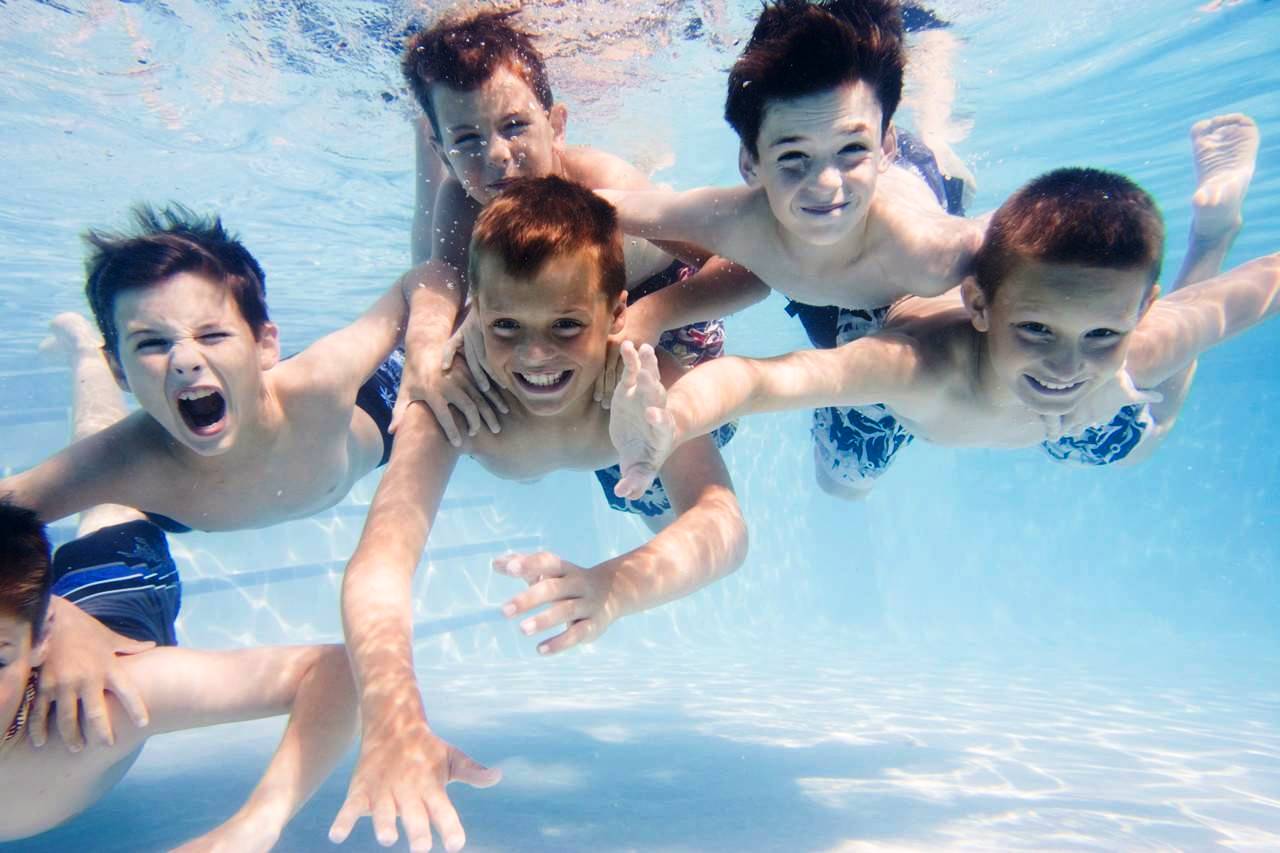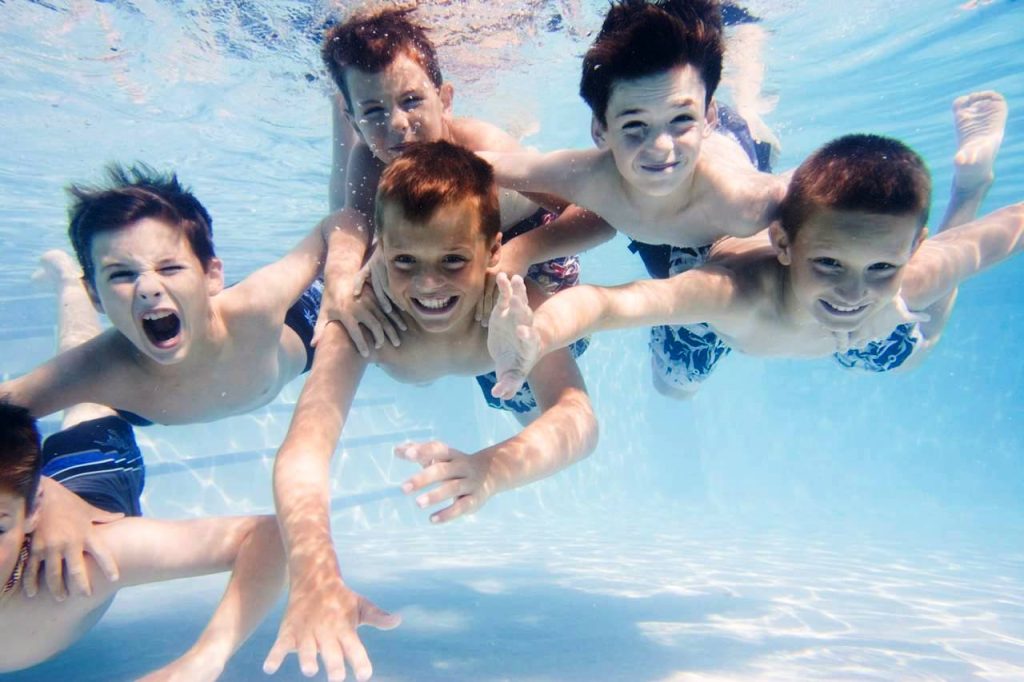Swimming – A Great Stress Buster

How many of us have splashed cool water on our faces when we’ve needed some soothing refreshment? It’s something that comes to us naturally; human beings know that water makes us feel better. Even more so when it’s a nice warm shower or bath. Water invigorates and soothes all at the same time.
That’s what’s so amazing out a regular swim routine. Unlike the strenuous activity often involved in other aerobic exercising, swimming feels good. And while other workouts are also good for stress, swimming tends to have an immediate effect on our stress levels. This is often why people who swim for fitness are less likely to quit working out than those who join a gym.
If you’ve struggled to maintain other workout routines, consider swimming instead. Or if your regular routine is starting to wear on your body or the stress you’re under is heavier than it was in the past, trying swimming to see if you don’t get even more benefits from your fitness routine.

We never recommend getting in the water without a bit of warming up. A quick shower and some stretching will do the trick. Just like with any other exercise, you want to begin your swim session with relaxed muscles to prevent injury. It also increases your tendency to approach your swim workout actively. And swimming for cardio benefits is like any other aerobic activity. You begin laps slowly and with easygoing strokes and increase your pace as you go until you are swimming at your most comfortable level of endurance.
These are all things you will be trained on at our Sugarland location. Effectively swimming for fitness requires some guidance in the beginning. That’s what we’re there for and we are happy to help.
One of the most challenging things for people new to fitness to learn is controlled breathing during aerobic exercise. Proper swim instruction includes controlled breathing techniques to keep swimmers from taking water into their lungs. The benefit, though, is that this same controlled breathing is exactly what swimmers need to maintain their strokes for a period of time that can have a positive impact on health and fitness. It also reduces stress and, as many asthma patients know, swimming strengthens the respiratory system as well.
Stress causes our bodies to release adrenaline which sometimes results in rapid breathing. The breathing techniques you will learn in swimming will help your body learn to produce the adrenaline needed for a workout (and stressful situations) without the panicked breathing that impedes our progress and clear thinking.
Stress begins in our minds. The pressures of even the most peaceful lives can be weighty at times between work, family and other responsibilities. Working out in general eases stress which is why so many people do work out. But, remember the splash of cool refreshing water on your face? That’s the difference between other work outs and swimming. Being in the water is therapeutic for body and mind. It’s relaxing. The focus on your strokes and breathing while you pass through the water with virtually no other noises to distract you amount to a peaceful way to wash away the stress life brings while taking care of your health.
Just like our bodies need a warm up before rushing into the peak of a cardio workout, they need a good cool down as well for all the same reasons. From your peak swim rate, slow your laps down and start to do your strokes with less intensity. After a couple of slow laps, allow yourself to float for a few minutes and just relax as the water holds you up. Once you get out of the pool, do the same few stretches you did beforehand and take a warm shower to rinse off the chlorine and relax even more.
Much like yoga, you can see how swimming promotes a full body workout in a stress free environment and the therapeutic benefits of being in the water. When done in conjunction with your doctor’s and trainer’s advice, you will reduce the possibility of injury and find your body in better shape than ever after a few weeks in the water.
